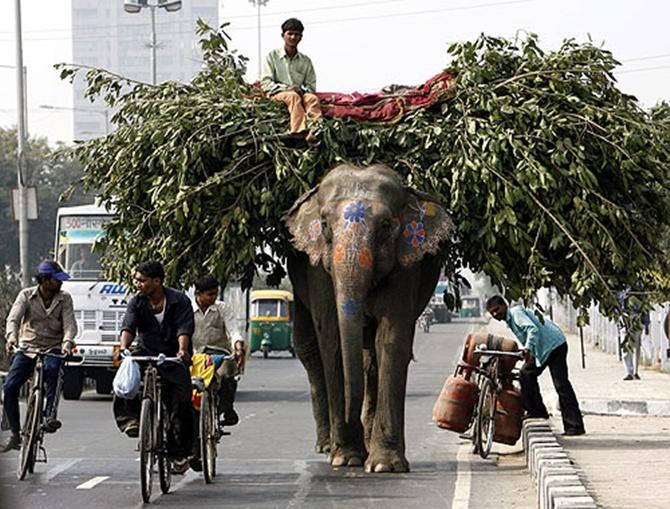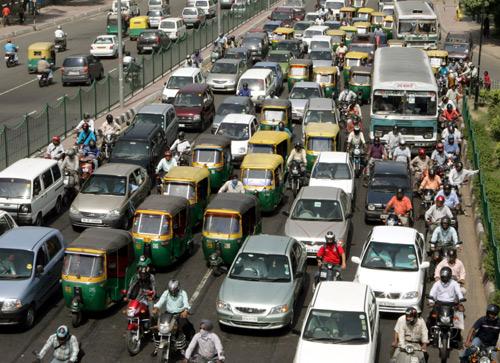 | « Back to article | Print this article |
India's private wealth to rise 150% by 2018
By 2018, India could become the world’s seventh-biggest nation in terms of private wealth, with a 150 per cent jump in total from $2 trillion in 2013 to $5 trillion, suggests a recent study by The Boston Consulting Group.
The country jumped two notches from 17th in 2008 to 15th in 2013.
Though the US and Japan are likely to occupy the first and the third spots, China could consolidate its position as the second-wealthiest nation with its private financial wealth increasing to $40 trillion in 2018 from $22 trillion in 2013.
Click NEXT to read further. . .
India's private wealth to rise 150% by 2018
The number of India’s millionaire households, meanwhile, increased to 175,000 in 2013 from 164,000 the previous year.
The US topped in this with 7.1 million households, while China was second (2.3 million) and Japan third (1.2 million).
In its report ‘Global Wealth 2014: Riding a Wave of Growth’, BCG has said soaring equity markets and creation of new rapidly developing economies (RDEs) boosted global private financial wealth, which in 2013 grew 14.6 per cent over the previous year to $152 trillion.
Click NEXT to read further. . .
India's private wealth to rise 150% by 2018
Private financial wealth includes cash and deposits, money market funds and listed securities held either directly or indirectly through managed investments or life and pension assets, and other onshore and offshore assets.
But, it excludes investors’ own businesses, any real estate, and luxury goods.
“In nearly all countries, the growth in private wealth was driven by the strong rebound in equity markets that began in the second half of 2012.
The performance was spurred by a relative economic stability in Europe and the US and signs of recovery in some European countries like Ireland, Spain, and Portugal,” the report says.
Click NEXT to read further. . .
India's private wealth to rise 150% by 2018
“Currency developments were more relevant to private wealth growth in 2013 than in 2012.
Driven by the slowdown in quantitative easing, the US dollar gained in value against many currencies, particularly those in emerging markets, as well as the Japanese yen,” it adds.
India also made its entry into the club of top 15 ultra-high-networth households (more than $100 million in private financial wealth) in 2013.
It was ranked 13th with 284 such households.
The US (4,754 households), the UK (1,044) and China (983) were the top three.
Click NEXT to read further. . .
India's private wealth to rise 150% by 2018
BCG suggests in its report that high savings rate and GDP growth have fuelled the rise in private wealth in the Asia-Pacific region (excluding Japan), which grew 30.5 per cent to $37 trillion in 2013.
With its private wealth projected to rise at a compound annual growth rate of 10.5 per cent, the region could expand to an estimated $61.0 trillion by the end of 2018.
At this pace, the region is expected to overtake Western Europe as the second-wealthiest region in 2014, and North America as the wealthiest in 2018.
Overall, the global private wealth is projected to post CAGR of 5.4 per cent over the next five years to reach an estimated $198.2 trillion by the end of 2018, the report says.





